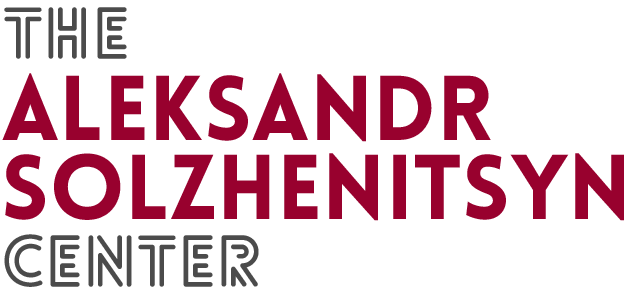The Red Wheel > Method of Nodes
Aleksandr Solzhenitsyn On His Method of Nodes
At various times throughout the evolution of his concept of the Red Wheel and its possible structure, Solzhenitsyn explained his struggle to find the best solution for this daunting task. In the first excerpt below, from his diary, the author is still searching for ways forward. In the second, he is well on his way toward defining his answer. And by the third, he is able to formulate his method with final precision.
Structural principles of my historical novel:
1. An attempt to capture a major period of time through a more or less complete narrative would lead to flabbiness and pomposity. And taking into account my love for a narrative of continuous action, I should construct as follows : Parts (15? 20? 25?), separated from each other by any kind of intervals. Each part is bound up with a nodal, revealing moment—either of history or of a character's fate. Then within each part the action is continuous, and chapters bear no titles. (The Parts may be titled according to month and year.)
- from the “R-17” Diary, 1960
Q. So there will not be a main protagonist?
A. Definitely not! And this follows one of my principles, that it is not possible for one person, his views, his attitude to the situation, to convey the course and meaning of events. There is only one possible solution here, a solution I fell upon some time ago: one must not convey sequentially the entire flow of history, it will be far too long, and unsuitable for reading. I decided instead to concentrate, to create NODES, in other words again to apply the density method. Along this curve of history—curve in the mathematical sense—there are critical points, in mathematics they are called "special points". So these nodal points—Nodes—I serve them up in high density, i.e. as ten or twenty days of uninterrupted narrative. I locate these points mainly where the course of events is internally determined—not necessarily external events, but internal, those where history turns or decides. And so these ten, twenty days I describe in great detail and density, then a gap between Nodes, and then the next Node. That is how this idea of Nodes took shape.
- from interview with Nikita Struve, 1976
Q. Your major new work August 1914 has just appeared in French. But beyond this title we also see on the cover the words “Red Wheel" and "Node I". Can you explain to us what they signify?
A. The Red Wheel is the narrative of revolution in Russia, its movement through the whirlwind of revolution. This is an immense scope of material, and when taking into account that it stretches out over years (for the narrative begins in 1914 and continues basically all the way to 1922), it would be impossible to describe this many events and this many characters over such a lengthy stretch of time. That is why I have chosen the method of nodal points, or Nodes. I select short segments of time, of two or three weeks' duration, where the most vivid events unfold, or else where the decisive causes of future events are formed. And I describe in detail only these short segments. These are the Nodes. Through these nodal points I convey the general vector, the overall shape of this complex curve. So August 1914 is the first of these Nodes.
- from interview with Bernard Pivot, 1983
